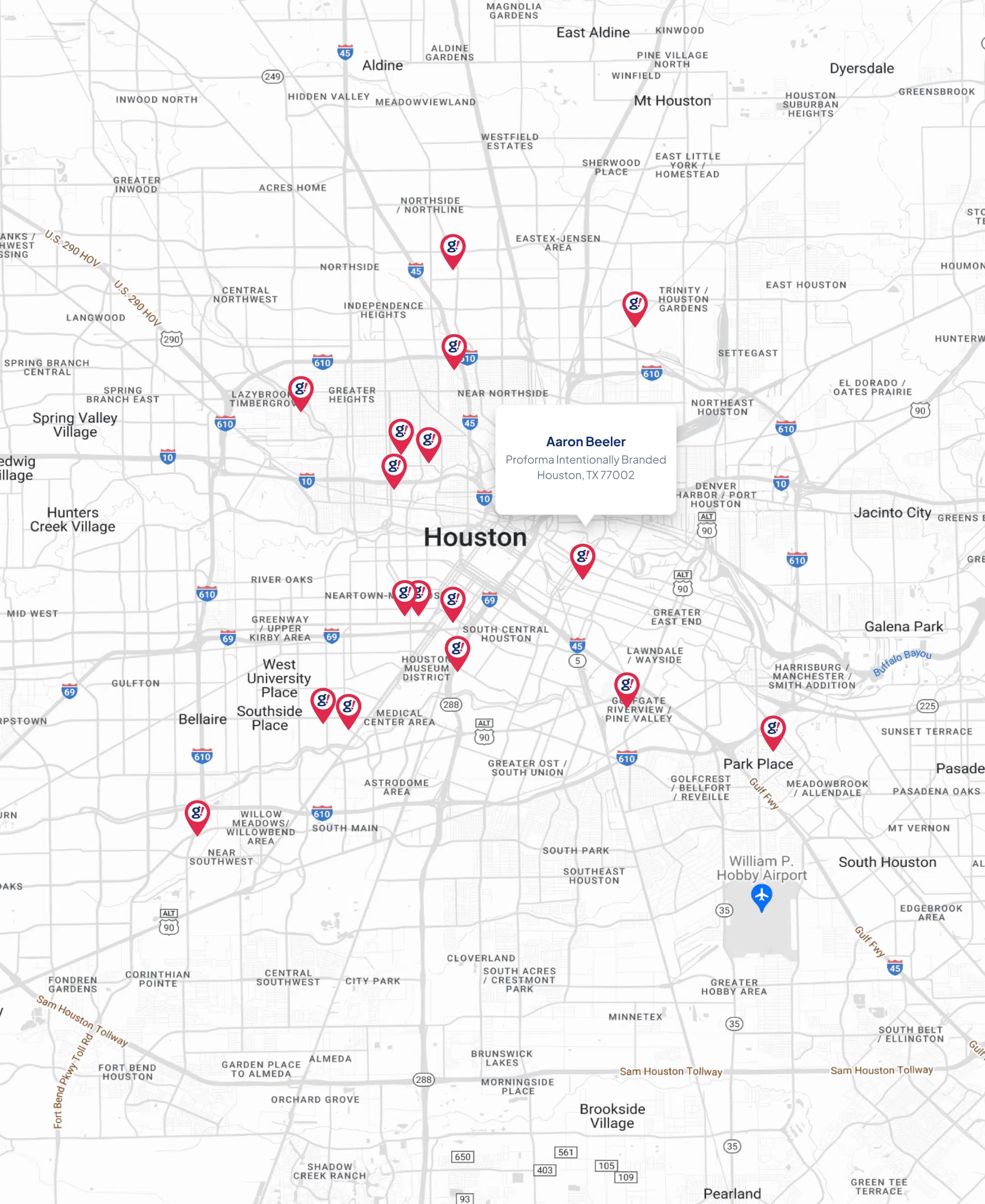10 Steps to Building a Marketing Communications Strategy For 2021
- Updated on: 2021-06-19
- Read original article here

Since early 2020, customer behaviors have changed drastically. The companies that best adapt to this shift will be the ones that succeed in this brave new world that we now find ourselves in.
Whether you’re a fledgling start-up, a company on the rise, or an established voice, there is always room for innovation. Below, we offer a ten-step guide to developing a marketing strategy for 2021.
Very much the starting point for any commercial strategy, identifying who to aim your marketing resources at is vital. From age ranges to genders, to wealth status, multiple verticals exist for you to break down the consumer landscape and find “your people”.
If you discover that your business is performing less well with your initial target audience, that may point to a strategic flaw within your nascent audience targeting.
You’ve identified your customer base and are looking to zero in on their custom and think your product will play well with their general tastes and behaviors.
Identifying the pressure point of your particular demographic allows you to alter your messaging to address this marketing communication element. Recent surveys suggest that customers are 22% more likely to leave reviews on something they are dissatisfied with compared to customers who had a positive experience.
Now that you’ve researched your company’s target demographic, and ensured that the messaging you give out is tailored to their specific problems, you also need to focus on your unique selling point.
If your product or service has a unique approach to dealing with your customer’s issues, then congratulations, you’re on to a winner. If not, then you may still have time to tweak it before you launch it as part of your new marketing strategy.
So, you’ve got your target audience nailed down, and know exactly how your product can uniquely benefit them. Next, you need to decide on how you’re going to get the word out there.
This could be through traditional messaging – TV advertising, billboards, radio ads – or through more modern technology – email advertising and social media marketing. You can also decide to use in-person selling at events, or in traditional retail spots.
As social media is continuing to develop at pace, the reasons that people choose one site over another, or have more success on one platform, are becoming more distinctive. Business phone features are also developing at a speedy rate and now incorporate split business/personal profiles that can be employed, ideal for a wide variety of platform-specific messaging.
The repurposing of digital content in a simple copy-and-paste manner isn’t going to be as effective. Taking the time to actively change what it is you’re saying, depending on where it is you’re saying it, will ultimately prove beneficial.
So, you’ve decided who you’re targeting and how to incorporate this information into your branding. Whether this is designing a website, selecting a tone of voice on social media, or designing things like flyers or leaflets doesn’t matter. The colors, the imagery, and even the fonts that you use are decisions worth taking your time with.
It’s also worth remembering that improving these things – through customer feedback data, or A/B testing examples – is something that can be done further down the line.
You now need to decide how you’re going to analyze the merits of your new strategy. The most obvious, for a lot of businesses, that is, would be through increased turnover. But if the aim of your marketing strategy is more to do with brand awareness or more mailing list sign-ups, then ensure that your post-launch analytics take this into consideration.
Be clear and concise with the targets that you’re setting for analyzing the launch of this marketing strategy. Positioning time-sensitive goals are often most effective in this regard but aren’t the be-all and end-all of business success.
As has been the case during 2020, teams have been working remotely and the importance of creating a company-wide plan is paramount. With VoIP Dropped Calls increasing, inter-team communication is vital.
Now that you have developed a plan of action on how your strategy should be delivered, it is important to make sure that those entrusted to carry out your strategy are fully capable.
Allocating roles within a team so that everybody is happy and confident with their responsibilities is a good way of ensuring that roadblocks or unforeseen issues are minimized.
So, the planning is done. You know who you’re talking to, how you’re going to talk to them, what it is you’re offering them, and who in your team is carrying out which task. All your hard work up to this point has been pre-launch – it’s now time to get down to business.
Delivery: with success metrics to hand, and Google Analytics tips that can ensure that you’re on the right path, the next step of the journey is to watch your strategy develop. If your plan of action isn’t reaching your desired goals, it could be time to tweak your strategy.
By following this step-by-step guide, and also tailoring specific elements to your circumstantial goals, you’re entering a larger marketing communications world. As your strategy continues, keeping things fresh by using programs like agile testing can also be of huge benefit.
The importance of the next few months, as businesses potentially return to more standard operations, cannot be overstated. A solid marketing strategy created using the guide above, may well be all you need to turn 2021 and beyond into a success story.



